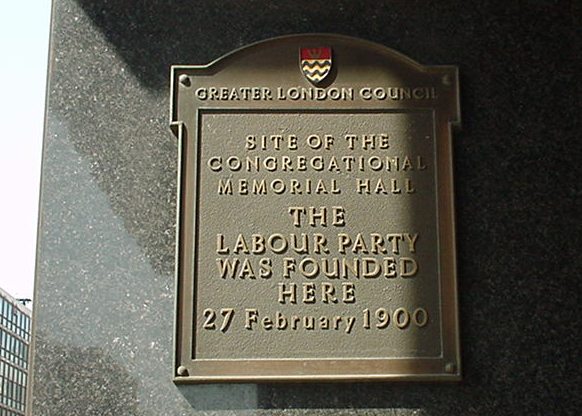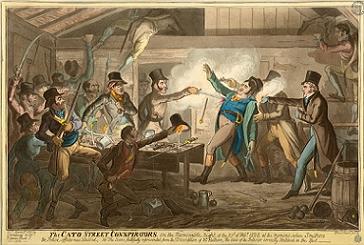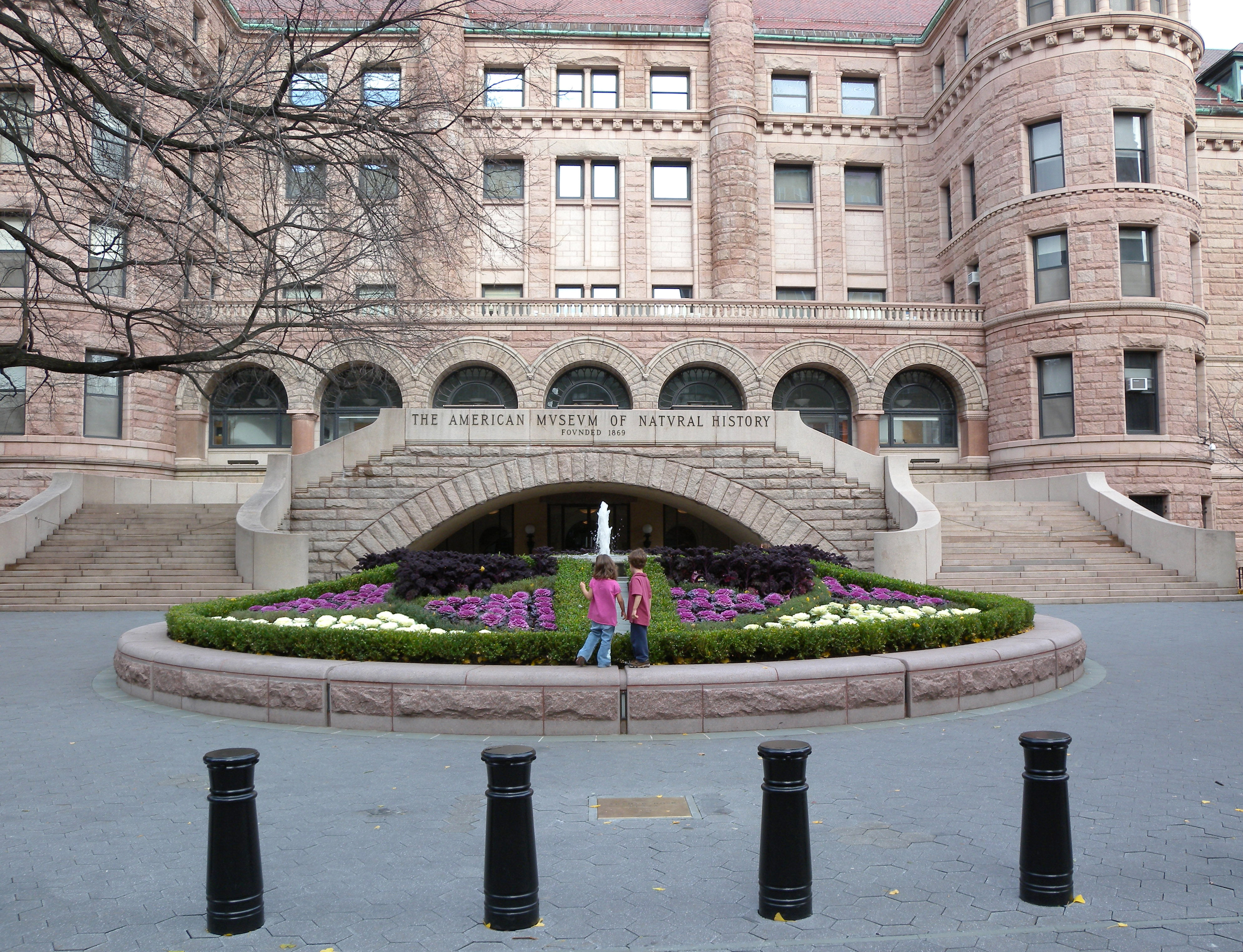|
Théodore Ber
Théodore Ber (7 March 1820 – 21 November 1900), was a French archaeologist and anthropologist who spent most of his adult life in Peru. Although an amateur, his work was appreciated by some scholars and officially recognized by the French government. Early life and move to Peru Théodore Ber was born in Figeac in a family of tailors. He was sent to Bordeaux to learn the trade as an apprentice to his uncle, also a tailor. A talented young man, he was hired by an atelier in Paris, and later established his own company for exporting clothing to South America. Ber had no formal schooling but learned about world politics by reading socialist newspapers and books. After a stormy divorce, he moved to Chile in 1860 and Peru in 1863, where, notwithstanding his lack of education, he found employment as professor of French language and history. He also maintained his socialist ideas, and when he learned about the revolutionary situation in France, he returned to his home country and joine ... [...More Info...] [...Related Items...] OR: [Wikipedia] [Google] [Baidu] |
Archaeologist
Archaeology or archeology is the study of human activity through the recovery and analysis of material culture. The archaeological record consists of Artifact (archaeology), artifacts, architecture, biofact (archaeology), biofacts or ecofacts, archaeological site, sites, and cultural landscapes. Archaeology can be considered both a social science and a branch of the humanities. It is usually considered an independent academic discipline, but may also be classified as part of anthropology (in North America – the four-field approach), history or geography. The discipline involves Survey (archaeology), surveying, Archaeological excavation, excavation, and eventually Post excavation, analysis of data collected, to learn more about the past. In broad scope, archaeology relies on cross-disciplinary research. Archaeologists study human prehistory and history, from the development of the first stone tools at Lomekwi in East Africa 3.3 million years ago up until recent decades. A ... [...More Info...] [...Related Items...] OR: [Wikipedia] [Google] [Baidu] |
Charles Wiener
Charles Wiener (1851–1913) was an Austrian-French scientist-explorer. Born in Vienna, he is perhaps best known as the explorer who traveled extensively in Peru, climbed the Illimani and came close to re-discovering Machu Picchu. Biography His first intellectual stirrings were in the area of linguistics, since he published a small work on this subject in 1873. Later, he was a teacher of German in Paris. He received a doctor's degree in philosophy from the University of Rostock with a dissertation edited with the title of ''Essai sur les institutions politiques, religieuses, économiques et sociales de l´Empire des Incas'', Paris, 1874, work for which he contacted other students of Mesoamerican antiquity. According to Kim MacQuarrie, Wiener, in his exploration, "Wiener traveled in Peru in 1875, a few years after Herman Göhring (a fellow explorer) and astold in Ollantaytambo about certain ruins, including those at “Huainan-Picchu” and “ Matcho Picchu,” but he wa ... [...More Info...] [...Related Items...] OR: [Wikipedia] [Google] [Baidu] |
1900 Deaths
As of March 1 (Old Style, O.S. February 17), when the Julian calendar acknowledged a leap day and the Gregorian calendar did not, the Julian calendar fell one day further behind, bringing the difference to 13 days until February 28 (Old Style, O.S. February 15), 2100. Summary Political and military The year 1900 was the end of the 19th century and the beginning of the 20th century. Two days into the new year, the United States Secretary of State, U.S. Secretary of State John Hay announced the Open Door Policy regarding Qing dynasty, China, advocating for equal access for all nations to the Chinese market. The 1900 Galveston hurricane, Galveston hurricane would become the List of disasters in the United States by death toll, deadliest natural disaster in United States history, killing between 6,000 and 12,000 people, mostly in and near Galveston, Texas, as well as leaving 10,000 people homeless, destroying 7,000 buildings of all kinds in Galveston. As of 2025, it remains ... [...More Info...] [...Related Items...] OR: [Wikipedia] [Google] [Baidu] |
1820 Births
Events January–March *January 1 – A constitutionalist military insurrection at Cádiz leads to the summoning of the Spanish Parliament to meet on March 7, becoming the nominal beginning of the " Trienio Liberal" in Spain. *January 8 – The General Maritime Treaty of 1820 is signed between the sheikhs of Abu Dhabi, Sharjah, Ajman, Umm al-Quwain and Ras Al Khaimah (later constituents of the Trucial States) in the Arabian Peninsula and the United Kingdom. *January 27 ( NS, January 15 OS) – An Imperial Russian Navy expedition, led by Fabian Gottlieb von Bellingshausen in '' Vostok'' with Mikhail Petrovich Lazarev, sights the Antarctic ice sheet. *January 29 – George IV of the United Kingdom becomes the new British monarch upon the death his father King George III after 59 years on the throne. The elder George's death ends the 9-year period known as the British Regency. *January 30 – British Royal Navy captain Edward Bransfield, an Irishman, becomes ... [...More Info...] [...Related Items...] OR: [Wikipedia] [Google] [Baidu] |
Champollion Museum
The Champollion Museum () is located in Figeac, Lot, France. It houses a collection devoted to Figeac's most famous son, Jean-François Champollion. It was inaugurated 19 December 1986 in the presence of President François Mitterrand and Jean Leclant, secrétaire perpétuel of the Académie des Inscriptions et Belles-Lettres. After two years of building work and extension, the museum re-opened in 2007. Besides Champollion's life and discoveries, the museum also recounts the history of writing. The whole façade is covered in pictograms, from the original ideograms of the whole world. History In 1986, due to the efforts of the city of Figeac, the first museum dedicated to Jean-François Champollion, known for deciphering Egyptian hieroglyphs Ancient Egyptian hieroglyphs ( ) were the formal writing system used in Ancient Egypt for writing the Egyptian language. Hieroglyphs combined Ideogram, ideographic, logographic, syllabic and alphabetic elements, with more than 1,000 ... [...More Info...] [...Related Items...] OR: [Wikipedia] [Google] [Baidu] |
Freemasonry
Freemasonry (sometimes spelled Free-Masonry) consists of fraternal groups that trace their origins to the medieval guilds of stonemasons. Freemasonry is the oldest secular fraternity in the world and among the oldest still-existing organizations in history. Modern Freemasonry broadly consists of three main traditions: *Anglo-American Freemasonry, Anglo-American style Freemasonry, which insists that a "volume of sacred law", such as the Bible, Quran, or other religious text be open in a working Masonic lodge, lodge, that every member professes belief in a God, supreme being, that only men be admitted, and discussion of religion or politics does not take place within the lodge. *Continental Freemasonry or Liberal Freemasonry which has continued to evolve beyond these restrictions, particularly regarding religious belief and political discussion. *Co-Freemasonry, Women Freemasonry or Co-Freemasonry, which includes organizations that either admit women exclusively (such as the Ord ... [...More Info...] [...Related Items...] OR: [Wikipedia] [Google] [Baidu] |
New York City
New York, often called New York City (NYC), is the most populous city in the United States, located at the southern tip of New York State on one of the world's largest natural harbors. The city comprises five boroughs, each coextensive with a respective county. The city is the geographical and demographic center of both the Northeast megalopolis and the New York metropolitan area, the largest metropolitan area in the United States by both population and urban area. New York is a global center of finance and commerce, culture, technology, entertainment and media, academics, and scientific output, the arts and fashion, and, as home to the headquarters of the United Nations, international diplomacy. With an estimated population in 2024 of 8,478,072 distributed over , the city is the most densely populated major city in the United States. New York City has more than double the population of Los Angeles, the nation's second-most populous city. [...More Info...] [...Related Items...] OR: [Wikipedia] [Google] [Baidu] |
American Museum Of Natural History
The American Museum of Natural History (AMNH) is a natural history museum on the Upper West Side of Manhattan in New York City. Located in Theodore Roosevelt Park, across the street from Central Park, the museum complex comprises 21 interconnected buildings housing 45 permanent exhibition halls, in addition to a planetarium and a library. The museum collections contain about 32 million specimens of plants, animals, fungi, fossils, minerals, rocks, meteorites, human remains, and human cultural artifacts, as well as specialized collections for frozen tissue and genomic and astrophysical data, of which only a small fraction can be displayed at any given time. The museum occupies more than . AMNH has a full-time scientific staff of 225, sponsors over 120 special field expeditions each year, and averages about five million visits annually. The AMNH is a private 501(c)(3) organization. The naturalist Albert S. Bickmore devised the idea for the American Museum of Natural History in 1 ... [...More Info...] [...Related Items...] OR: [Wikipedia] [Google] [Baidu] |
Smithsonian Institution
The Smithsonian Institution ( ), or simply the Smithsonian, is a group of museums, Education center, education and Research institute, research centers, created by the Federal government of the United States, U.S. government "for the increase and diffusion of knowledge". Founded on August 10, 1846, it operates as a trust instrumentality and is not formally a part of any of the Federal government of the United States#branches, three branches of the federal government. The institution is named after its founding donor, British scientist James Smithson. It was originally organized as the United States National Museum, but that name ceased to exist administratively in 1967. The Smithsonian Institution has historical holdings of over 157 million items, 21 museums, 21 libraries, 14 education and research centers, a zoo, and historical and architectural landmarks, mostly located in Washington, D.C. Additional facilities are located in Maryland, New York (state), New York, and Virg ... [...More Info...] [...Related Items...] OR: [Wikipedia] [Google] [Baidu] |
Tiwanaku
Tiwanaku ( or ) is a Pre-Columbian archaeological site in western Bolivia, near Lake Titicaca, about 70 kilometers from La Paz, and it is one of the largest sites in South America. Surface remains currently cover around 4 square kilometers and include decorated ceramics, monumental structures, and megalithic blocks. It has been conservatively estimated that the site was inhabited by 10,000 to 20,000 people in AD 800. The site was first recorded in written history in 1549 by Spanish conquistador Pedro Cieza de León while searching for the southern Inca capital of Qullasuyu. Jesuit chronicler of Peru Bernabé Cobo reported that Tiwanaku's name once was ''taypiqala'', which is Aymara meaning "stone in the center", alluding to the belief that it lay at the center of the world. The name by which Tiwanaku was known to its inhabitants may have been lost as they had no written language. Heggarty and Beresford-Jones suggest that the Puquina language is most likely to have been the ... [...More Info...] [...Related Items...] OR: [Wikipedia] [Google] [Baidu] |
Henry Meiggs
Henry Meiggs (July 7, 1811 – September 30, 1877), known in Chile and Peru as Enrique Meiggs, was an American businessman. Business career Lumber Born on Jul 7, 1811, in Boston, Meiggs came to New York City in 1835 and began a lumber business that was ruined by the Panic of 1837. He restarted his business in Brooklyn, but again met with failure. Finding success in sending lumber to the Pacific Coast, he relocated to San Francisco during the peak of the California Gold Rush on the cargo ship, ''Albany,'' laden with lumber, which he sold there for 20 times its cost. He established his first sawmill in Mendocino County, California, which became the Mendocino Lumber Company. Real estate When Meiggs arrived in San Francisco in 1849, he, like many others, got into real estate speculation. In Meiggs' case, he promoted the possibility of piers along the north shore area, on the grounds that it was closer to the Golden Gate than the usual harbor, located just south of Broadway S ... [...More Info...] [...Related Items...] OR: [Wikipedia] [Google] [Baidu] |
Society Of Anthropology Of Paris
The Society of Anthropology of Paris () is a French learned society for anthropology founded by Paul Broca in 1859. Broca served as the Secrétaire-général of SAP, and in that capacity responded to a letter from James Hunt welcoming the news that Hunt had established the Anthropological Society of London. Notable members * Leopoldo Batres * Paul Bert * Pruner Bey * Adolphe Bloch * Paul Broca * Louis-Adolphe Bertillon * Anténor Firmin * Louis Pierre Gratiolet * Abel Hovelacque * Pierre Huard, professor of medicine, rector of the Université Félix Houphouët-Boigny from 1964 to 1966 * Gustave Lagneau * Pyotr Lavrov (1823–1900, Russian philosopher) * Gustave Le Bon Charles-Marie Gustave Le Bon (7 May 1841 – 13 December 1931) was a leading French polymath whose areas of interest included anthropology, psychology, sociology, medicine, invention, and physics. He is best known for his 1895 work '' The Crowd: ... (member from 1879 to 1888) * Charles Letourneau, ... [...More Info...] [...Related Items...] OR: [Wikipedia] [Google] [Baidu] |









